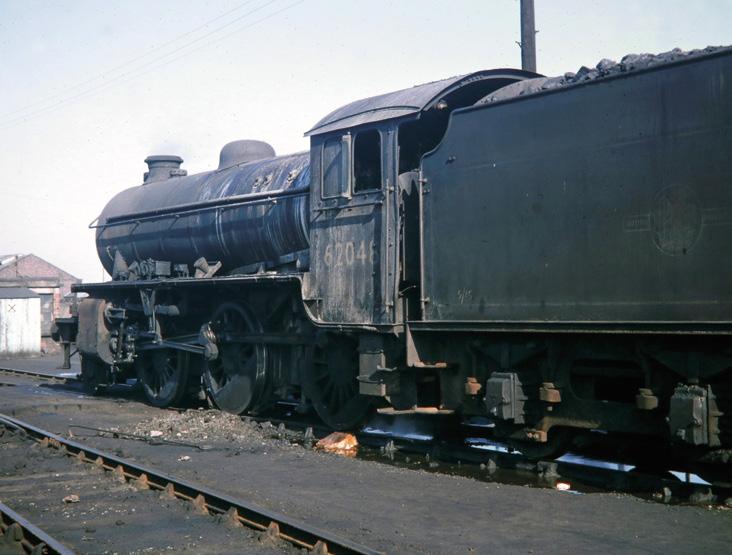The new history periodical for students of the BR(E), BR(NE), LNER and pre-grouping constituents

ISSUE NO. 2 •
SUMMER 2023


The new history periodical for students of the BR(E), BR(NE), LNER and pre-grouping constituents

ISSUE NO. 2 •
SUMMER 2023

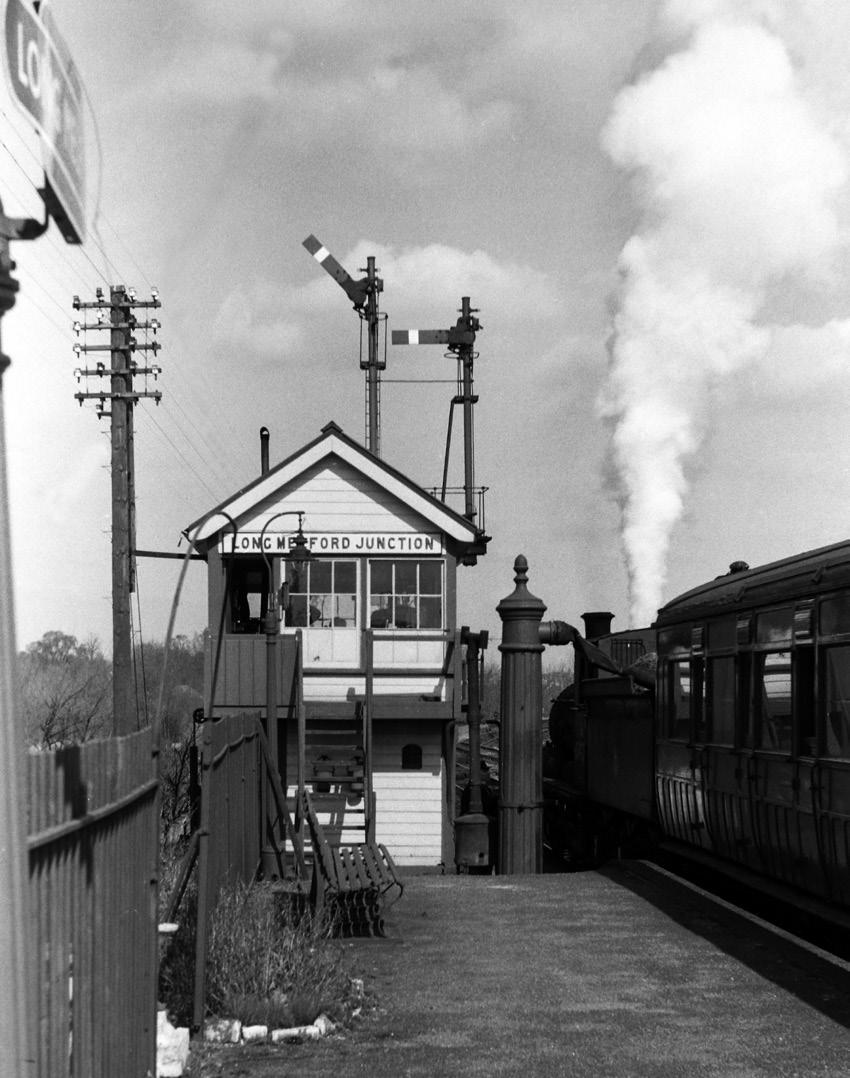 BY JOHN BUTCHER (B17SLT)
Long Melford Junction signal box and station.
BY JOHN BUTCHER (B17SLT)
Long Melford Junction signal box and station.
of thirteen ‘Sandies’ from 31A during 1959/early 1960, cut up far too quickly by Doncaster Works. Consequently as a result of almost no Class 31s available to haul Stour Valley passenger services (certainly there were none allocated to Cambridge), resulted in the need for some steam locos to continue running or return to service due to these motive power shortages.
The two B17 daily steam-hauled services through Long Melford continued to run without any interruption during 1960. This continued for months after the last B17 No. 61668 Bradford City was officially withdrawn in August of that year. A last bastion for a B17 service borne out of necessity. Whenever I had the time to view at Long Melford Junction or Liston Crossing, a B17 was hauling the service.
The return to service phenomenon cannot be better illustrated than quoting my first spot of a Class E4 2-4-0, namely No. 62785 in February 1961. I witnessed her arriving as the daily loco on the Bury service. She was
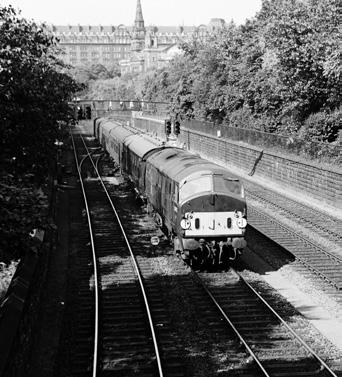
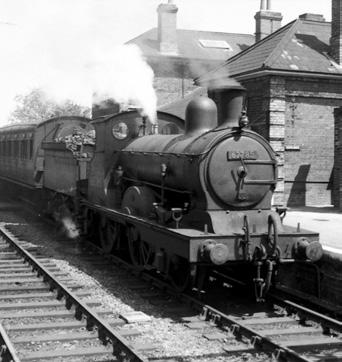
officially withdrawn in November 1959 from Cambridge shed (31A). At that time, she was the last remaining of 100 built and the last 2-4-0 main line steam loco operating on British Railways. I found out from the crew that she had returned to this service in late 1960. What a choice of steam loco to return to service albeit unofficially.
So the last steam service on the Bury branch was not the fanfare event in July 1959; it transpired to be in March 1961, this time without a fanfare! This running of No. 62785 has never been acknowledged officially, but I definitely witnessed it. She disappeared in early March 1961 when a DMU became available. I decided to visit Cambridge shed and investigate further. This Branch Line was due to close on 10th April 1961. More later about that special day in section 9.
The last steam loco on the Long Melford to Lavenham line was Class B1 4-6-0 No. 61287 that was used to haul the rail removal train in May 1962. The work took just a few days.
So on 25th March 1961 I visited Cambridge (31A) for a day of train spotting. I set out on the first DMU of the morning to get in a full day on Cambridge station. I had B17s and
Holden Class E4 2-4-0 No. 62785 at Long Melford Up platform. Photo: Dr. Ian C Allen (ICA E527) © The Transport Treasury 7. 31A SHED BASH I copped NBL Class 21 Type 2 Diesel-Electric D6122 at Long Melford station. Here it is seen in the mid-1960s passing through Princes Street Gardens, Edinburgh after transfer to Scotland.July 1979
• The view of the 35 lever frame and block bells. Only the Roydon one is modern far right. Note the crossing wheel, used to open and close the crossing gates so many times on a twelve hour shift it kept us all very slim and fit. From memory there were nine white levers at the time, indicating not used.
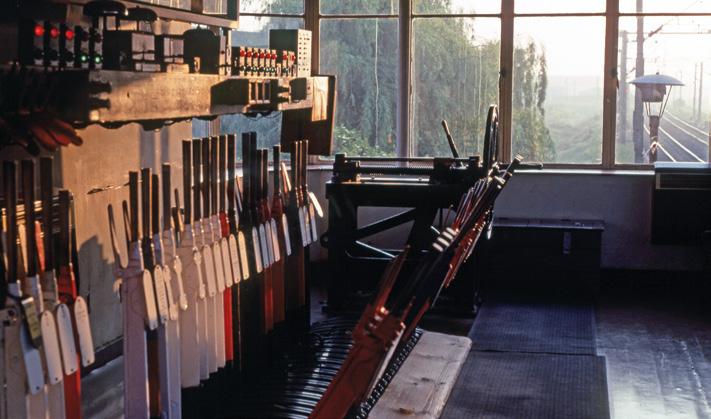
August 1979 • The wooden gates seen late on Sunday evening when the sun has come around. We are looking from Hoddesdon towards Dobbs Weir and the power station ground is behind the trees on the left. Note the red oil LNER lamps on top of each gate.
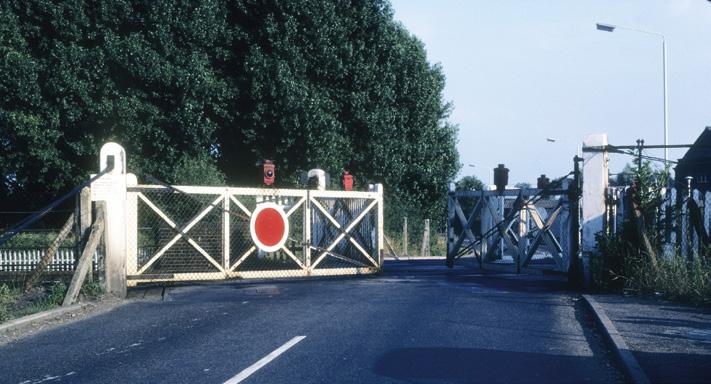
25th May 1981 • No. 55009 Alycidon is seen from the steps of Spellbrook signal box which was situated between Sawbridgeworth and Bishops Stortford on the Liverpool Street to Cambridge line. The occasion was the Deltic Fenman 2 from Finsbury Park to Wansford out via the Lea Valley to Cambridge, Ely and March to Peterborough. Very few Deltics ever worked this route, they were more common between Cambridge and Ely via March when East Coast main line services were diverted due to engineering work.
25th July 1983 • The different front ends on the Class 31 locomotives can be seen here at March depot. Parked up on the stops by Hundred Road are Nos. 31242 and 31215. 31242 was at the time allocated to Immingham and 31215 to Gateshead, moving to Thornaby. Those that recall March will remember the locos were stabled right up by the public road. March provided motive power for the numerous freight workings as well as the Table 18 Norwich to Birmingham passenger services.

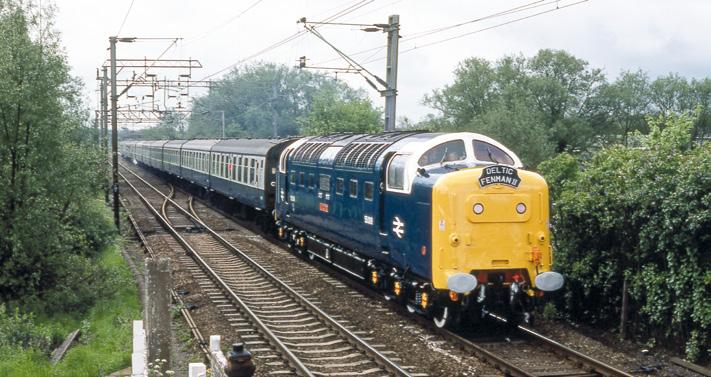

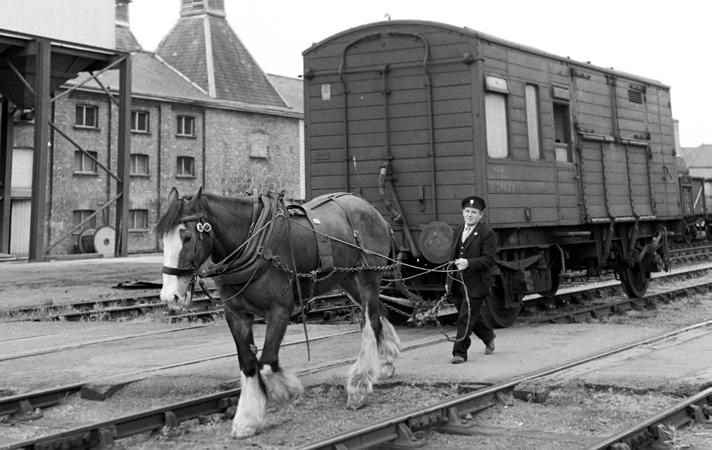

The Stockton and Hartlepool Railway, which connected the town of West Hartlepool with the Clarence Railway near Billingham, was opened for goods on 12th November 1839 and to passengers later the same year on 1st December. A station named Hartlepool West was opened on 9th February 1841 which was then renamed West Hartlepool in February 1848, closing on 3rd May 1880 when it was replaced by a new West Hartlepool station. This in turn was renamed Hartlepool on 26th April 1967 when West Hartlepool was merged with Hartlepool following the complete closure in 1964 of the former Hartlepool Dock and railway station in the Headland, this station being previously known as Hartlepool. The shed was built and opened by the North Eastern Railway in 1867 closing 100 years later in September 1967. Peppercorn Class K1 2-6-0 No. 62045 is seen at her home shed in 1966.
Just like the real thing, some of the Class 47 Co-Co diesel electric locomotives are still running today after almost sixty years of service, like my Hornby model [R060], renumbered and painted to suit my preference.
The class entered traffic in 1962, and by 1968, 512 examples had been built. At one time or other they could be seen virtually everywhere from the Scottish Highlands to Penzance, and from Holyhead to Great Yarmouth, hauling all manner of trains ranging from express passenger to a humble ballast working.
Most of my rail travelling days were behind these locomotives all over main line Scotland – indeed I once had the privilege of being on ‘the footplate’ of the ‘pushpull’ unit on a journey from Aberdeen to Glasgow appropriately named The Duke of Edinburgh’s Award This locomotive was modelled by Hornby [R887] in the late eighties and can still be obtained on the ‘swap-meet’/ second-hand stands. Whilst I really enjoyed viewing the line ahead rather than from a side window, undoubtedly
Not a Class 47 but two BRCW Type 2 locos, with D5385 leading, double-heading a train past Wormit signal box after departure from Dundee across the Tay Bridge on an unrecorded date. Photo: Sandy Murdoch (SM015-12) © The Transport Treasury
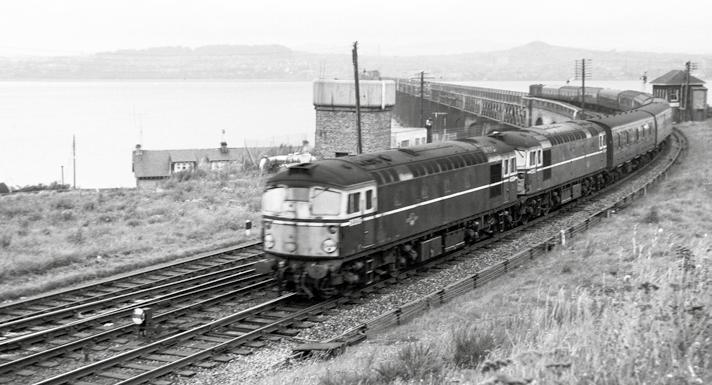
my favourite journey behind a Class 47 was over fifty years ago.
Whether one thinks of the Forth and Tay Bridges, or the twisting sinew of a line across the ‘Howe of Fife’, this county has always presented a challenge for railway operation. Nothing has ever been quick or straightforward in ‘The Kingdom’, or has it? Certainly it is not the ideal terrain over which to catch up on lost time, but one can have a damn good try. That is exactly what a determined railwayman tried to do on a very cold winter’s day on 15th February 1973.
“Dunday, Dunday. This is Dunday. British Rail wish to apologise for the late running of the 09.05 train to Edinburgh.” This was too good an opportunity to miss whilst I stood on Dundee Tay Bridge station platform so I feverishly fumbled through my brief case for a note pad and pen, and with watch at the ready prepared to enjoy what the local newspaper – ‘Courier and Advertiser’ –called The Anatomy of a Remarkable Rail Run when they kindly featured my article a short while afterwards.
